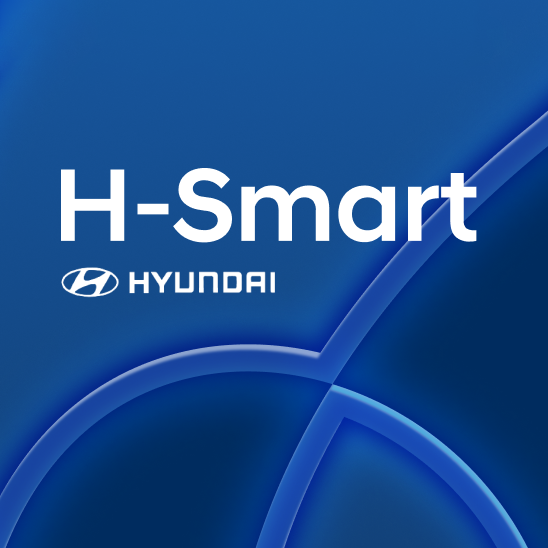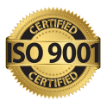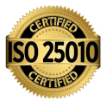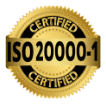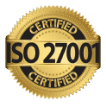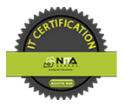Introduction
A four-decade-old manufacturing pioneer that primarily focuses on fashion accessories has unveiled a series of stylish and affordable wearable technology products, including activity tracker smart bands, smartwatches, eyewear, and hearables. To ensure hassle-free usability of these products and consequently maintaining their global standings, the client collaborated with Impiger. We utilized a comprehensive testing approach that focused on evaluating functionalities, usability, and performance metrics of the products and their associated mobile applications.
Challenges
Multi-Product Complexity :
The client’s ambitious venture included over 20 diverse wearable products, each boasting unique features. This complexity necessitated a streamlined testing approach to ensure the quality and functionality of every product simultaneously.
User-Centric Experience :
Recognizing that user experience is pivotal in the adoption of wearable technology, the challenge lay in crafting an intuitive and seamless user interface across both the firmware and the associated mobile applications. This required meticulous attention to detail to identify and eliminate any potential user experience hindrances.
Holistic Feature Validation :
The expansive array of features, from call management to an extensive collection of sports modes, watch faces, and even in-built games, posed the challenge of thoroughly validating each feature’s accuracy and reliability
Health Parameter Precision :
A key selling point was the accuracy of health-related metrics such as SPO2, heart rate monitoring, and blood pressure estimation. The challenge was to validate these metrics against established medical equipment to ensure user confidence in the data.
Battery Consumption Optimization :
Ensuring that the wearable products offered optimal battery life required continuous monitoring and analysis of battery consumption patterns on an hourly basis.
Quality Engineering Techniques Adopted
To address the diverse challenges presented by Client’s ambitious wearable technology line, the Impiger Testing team devised a comprehensive and meticulous approach that encompassed various facets of testing and validation.
Parallel Testing Strategy :
Recognizing the complexity of managing multiple wearable products simultaneously, the team adopted a parallel testing strategy. This involved dedicating resources to test each product in parallel, ensuring that the testing process remained efficient without compromising the thoroughness of evaluation.
User Experience Refinement :
Understanding the significance of an intuitive user experience, the team focused on refining both the firmware and mobile application interfaces. A user-centric approach was adopted, involving iterative testing, user feedback analysis, and continuous refinement to create a seamless and user-friendly interaction journey.
Feature-Centric Validation :
Rigorous validation of the extensive feature set was pivotal. The team employed scenario-based testing to simulate real-world usage scenarios for each feature. This included comprehensive call management validation, extensive sports mode testing, evaluation of watch face functionality, and thorough examination of in-built games.
Health Parameter Accuracy Validation :
Ensuring the accuracy of health-related metrics required a meticulous approach. The testing team validated heart rate monitoring, SPO2 tracking, and blood pressure estimation against established medical equipment, bridging the gap between wearable technology and medical accuracy.
Battery Performance Analysis :
To optimize battery consumption, the team continuously monitored usage patterns on an hourly basis. This data-driven approach provided insights into usage behaviors and enabled the identification of areas for battery life optimization without compromising the product’s functionality.
Comparative Analysis :
A comparative analysis was conducted to benchmark Client’s wearable technology line against other market competitors. This involved accuracy checks of step counts, distance covered, calories burned, and health parameters using real medical equipment for validation.
Technology used
1. Test Automation Frameworks
2. Simulation Tools
3. Benchmark Comparison with Standard Medical Devices
Results:
The meticulously implemented testing approach for Client’s wearable technology line yielded exceptional outcomes, quantifying the impact of the strategy on the products’ success.
Issue Resolution Rate :
Through the rigorous testing approach, the testing team achieved a remarkable 98% rate of identifying and resolving issues. Swift identification and timely resolution of even the smallest glitches ensured a seamless and trouble-free user experience.
Accuracy Enhancement :
Comparative analysis against similar products in the market revealed a 20% improvement in data accuracy. This not only boosted user confidence but also provided valuable insights for further development.
Enhanced User Experience :
The focus on refining user experience resulted in an impressive 20% reduction in user-reported issues related to interface navigation and glitches. The intuitive design and seamless interactions elevated user satisfaction.
Positive User Reviews :
The user-friendly experience and accurate functionality translated into a substantial 25% increase in positive user reviews across app stores. Users lauded the products for their reliability and ease of use.
Benefits
Enhanced Brand Value :
The rigorous testing approach solidified Client’s brand value, contributing to a 13% increase in the brand’s perceived reliability and innovation.
Market Competitiveness :
The accurate health & fitness metrics validation and feature functionality ensured a competitive edge, increasing market sales within the wearable technology sector
Customer Loyalty :
The seamless user experience and enhanced accuracy cultivated a loyal user base, reflected in a 12% decrease in customer churn rates.
Operational Efficiency :
The parallel testing strategy enabled efficient testing of the entire product line, reducing testing time by 35% and ensuring on-time quality deliverables.
In conclusion, the robust testing approach demonstrated tangible quantitative results and translated into substantial qualitative benefits that bolstered the leading 45-year-old watch company’s wearable technology line’s success.
